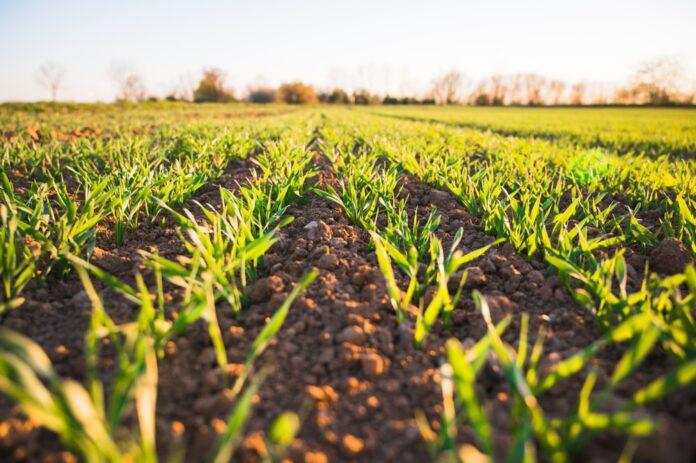During the forecast period from February to May 2022, the Food and Agriculture Organization of the United Nations (FAO) and the World Food Program (WFP) warn that severe food insecurity is projected to worsen in 20 nations or situations (including one area) dubbed hunger hotspots.
From the last edition of this report, Ethiopia, Nigeria, South Sudan, and Yemen remain on the highest warning level. These nations all have segments of their populations recognized or anticipated to face famine and mortality in their most recent available assessments needing immediate response.
While some populations in conflict-affected areas of Nigeria’s northeast are now expected to experience catastrophic food insecurity during the lean season, from June 2022 onwards, it cannot be ruled out that some may experience it even sooner, in the coming months, and that the magnitude may be greater than projected.
In the 20 hunger hotspots, targeted humanitarian assistance is urgently needed to preserve lives and livelihoods. Furthermore, humanitarian aid is required in four of these hotspots — Ethiopia, Nigeria, South Sudan, and Yemen – to avert famine and death.
HUNGER HOTSPOTS FOR NIGERIA
Nigeria is forecasted to have the highest pang of hunger and famine by August 2022
About 19.4 million people will face food insecurity across Nigeria between June and August 2022, a report by the United Nations Food and Agriculture Organisation has said. The report, processed in collaboration with the Federal Ministry of Agriculture and Rural Development -FMARD and other stakeholders, analyses acute food and nutrition insecurity in the Sahel and West African region.
According to the report, the food crisis will affect Nigerians in 21 states and the Federal Capital Territory, including 416,000 internally displaced persons (IDPs).
It was noted that approximately 14.4 million people, including 385,000 internally Displaced Persons (IDPs), are already facing a food crisis in 21 Nigerian states and the Federal Capital Territory (FCT) until May 2022.
Abia, Adamawa, Benue, Borno, Cross-River, Edo, Enugu, Gombe, Jigawa, Kaduna, Kano, Katsina, Kebbi, Lagos, Niger, Plateau, Sokoto, Tarba, Yobe, and Zamfara, as well as the Federal Capital Territory, were covered in the March analysis (FCT).

